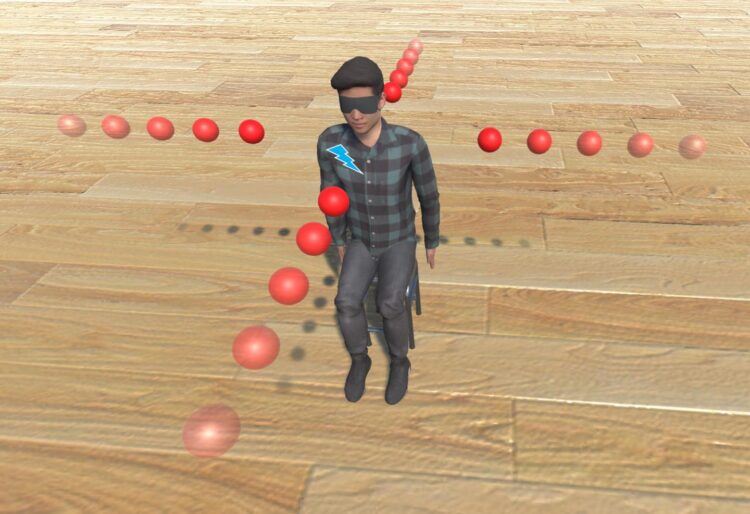Touch detection is facilitated by task-irrelevant approaching sound in front, rear, left, and right
Details:
Peripersonal space (PPS) is defined as the space near the body within which we can reach external objects and be reached by others. It has the special function of multisensory facilitation. A research team at Toyohashi University of Technology, in collaboration with researchers at Keio University and the University of Tokyo, investigated PPS representation in the front, rear, left, and right directions by audio-tactile multisensory integration using tactile detection with task-irrelevant approaching and receding sounds. They found that the tactile stimulus was detected faster near the body space than far from it when sound approached from any direction, but not when it receded. Thus, peripersonal representations exist with approaching sound, irrespective of the direction of approach. This study was published in Scientific Reports on May 28, 2021.
It is important for human and non-human primates to detect a sensory input that has a present or immediate potential threat in the space immediately surrounding the body, that is, PPS. However, debate remains about the shape and extent of PPS.
In the experiment, the researchers investigated the PPS representations in four directions (front, rear, left, and right), while previous studies focused on differences between the front and rear or left and right directions.
Because humans can hear sounds from any direction, the researchers used both approaching and receding task-irrelevant sounds in the experiment. Participants were asked to respond as quickly as possible when a tactile stimulus was applied to a vibrator on their chest. The timing of the tactile stimulus was varied relative to the virtual sound-source location, while the observers were blindfolded during the experiment.
The results indicated that, when sound approached, the observers responded to the tactile stimulus faster when the sound position was closer to them than when it was farther away. Thus, the participants could integrate the multisensory stimuli (tactile and task-irrelevant approaching sound stimuli) near the body. This multisensory facilitation effect in PPS diminished or weakened with the receding sound, which may be because an approaching sound can signal an imminent threat, while a receding sound poses no danger.
Therefore, the PPS representation is nearly circular around the trunk of the body, which implies that humans can detect a threat from any direction quickly by utilizing approaching sound information within PPS.
Future Outlook:
The research team investigated the PPS representations in the front, rear, left, and right directions, but not in the up and down directions. PPS representations in three-dimensional (3-D) space should be investigated in future studies because audio information is available and potential threats exist in all 3-D directions.
###
Funding agency:
This research was supported in part by JST ERATO (JPMJER1701) and JSPS KAKENHI JP20H04489.
Publication:
Matsuda, Y., Sugimoto, M., Inami, M. et al. Peripersonal space in the front, rear, left and right directions for audio-tactile multisensory integration. Scientific Reports, 11: 11303 (2021). https:/
Media Contact
Yuko Ito
[email protected]
Related Journal Article
http://dx.





